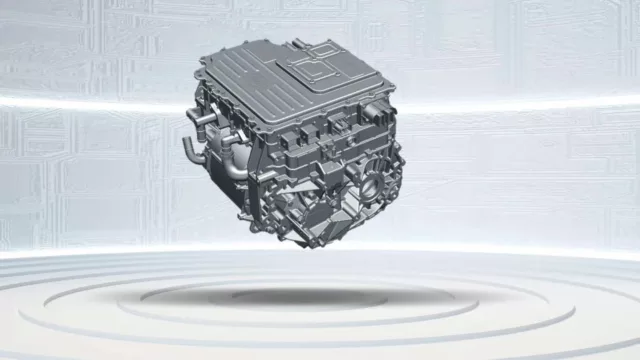
The Chinese automotive giant BYD, famous for being one of the world’s leading manufactures that produces fully electric vehicles (EVs), has recently announced a major pivot away from that market. Now, the company plans to focus its innovation and production efforts on plug-in hybrids, a new generation of vehicles powered by a so-called “mixed” fuel.
What are the differences between EVs and plug-in hybrids?
EVs, or strictly Electric Vehicles, are cars that use electric motors powered by electricity drawn from a set of rechargeable batteries instead of the traditional internal combustion engines powered by gasoline or diesel. Those vehicles are charged through an external source of electricity.
As for the plug-in hybrids electric vehicles (also known as PHEVs), they use a combination of batteries to power an electric motor and another fuel, such as gasoline, to power an internal combustion engine (ICE).
That basically means that PHEVs combine the best of both worlds: the driver has the ability to conduct using the electric power source for shorter trips, while also having the reliability and longer range of a gasoline or diesel engine for longer journeys.
While Tesla used to be the leading global seller of EVs until late 2023, BYD has outpaced the company and become the main force in making electric mobility more accessible, especially across China and LATAM.
What’s behind BYD’s decision?
While BYD is well-known for being one of the world’s leading battery-electric vehicle manufacturers, the truth is that the company is already selling more plug-in hybrids than full EVs.
So why would the world’s leading EV manufacturer choose to walk away from what many were so far considering the future of transportation?
According to BYD’s recent statement, the shift comes in response to evolving market demands. The company is looking to expand its footprint across Europe, a market where not every new car buyer is quite ready to let go of the gas cord completely.
According to Maria Grazia Davino, Regional Managing Director in Europe for BYD: “Not everyone is ready for electric. We need something else to convince the customer“.
BYD is establishing national sales companies throughout Europe to enhance product distribution, deliver customer support, and customize marketing strategies to meet local consumer needs.
Chinese automakers, facing a prolonged price war and a saturated EV market at home, are turning their focus to Europe. To navigate tariffs imposed in 2024 on China-made battery-electric vehicles, they’re ramping up hybrid imports and fast-tracking plans for local assembly.
BYD’s renewed European strategy is already yielding results, with first-quarter sales in 2025 surpassing 37,000 vehicles — a significant jump from just 8,500 in the same period last year.
Aside from two plug-in hybrid models presented in Germany this year, the company will bring its entry-level Dolphin Surf model to Europe still in 2025 and is looking to expand its premium model line Denza, launched in Milan last month.
What does this means for the future of mobility?
Reactions to BYD’s announcements have been mixed. Some EVs purists see it as a step backward, a sort of regression toward fossil-fuel dependence. However, many analysts also argue that the move is both strategic and forward-thinking.
While BYD isn’t entirely abandoning electrification, as its battery technologies will still play a vital role in the hybrid system, the company’s pivot signals a crucial industry evolution. The future of clean transport may not be a binary choice between internal combustion and full electric, but rather a spectrum of solutions tailored to regional needs and infrastructure.
In that context, BYD’s shift to “mixed” fuel isn’t just a tactical move, it could play a part in redefining what it means to drive green. As climate goals intensify and consumer behaviors evolve, flexibility may prove valuable. One thing is certain: the age of clean mobility is entering a new chapter, and BYD is once again at the forefront.









